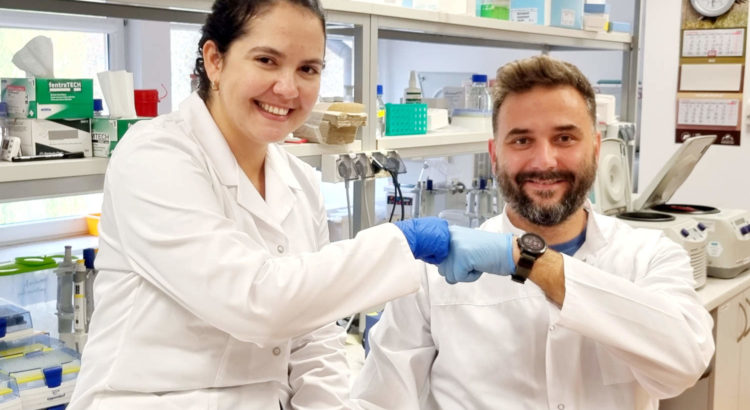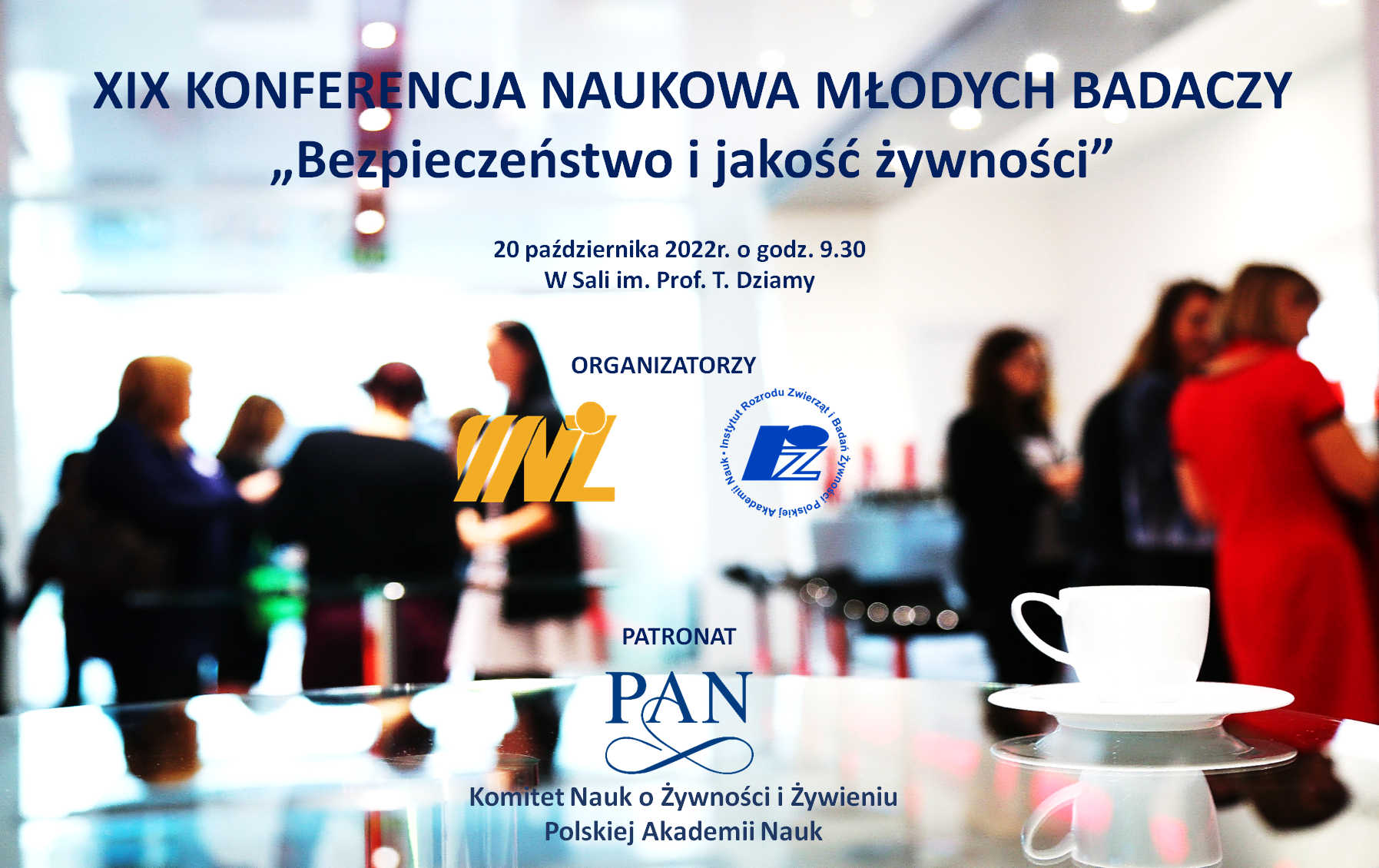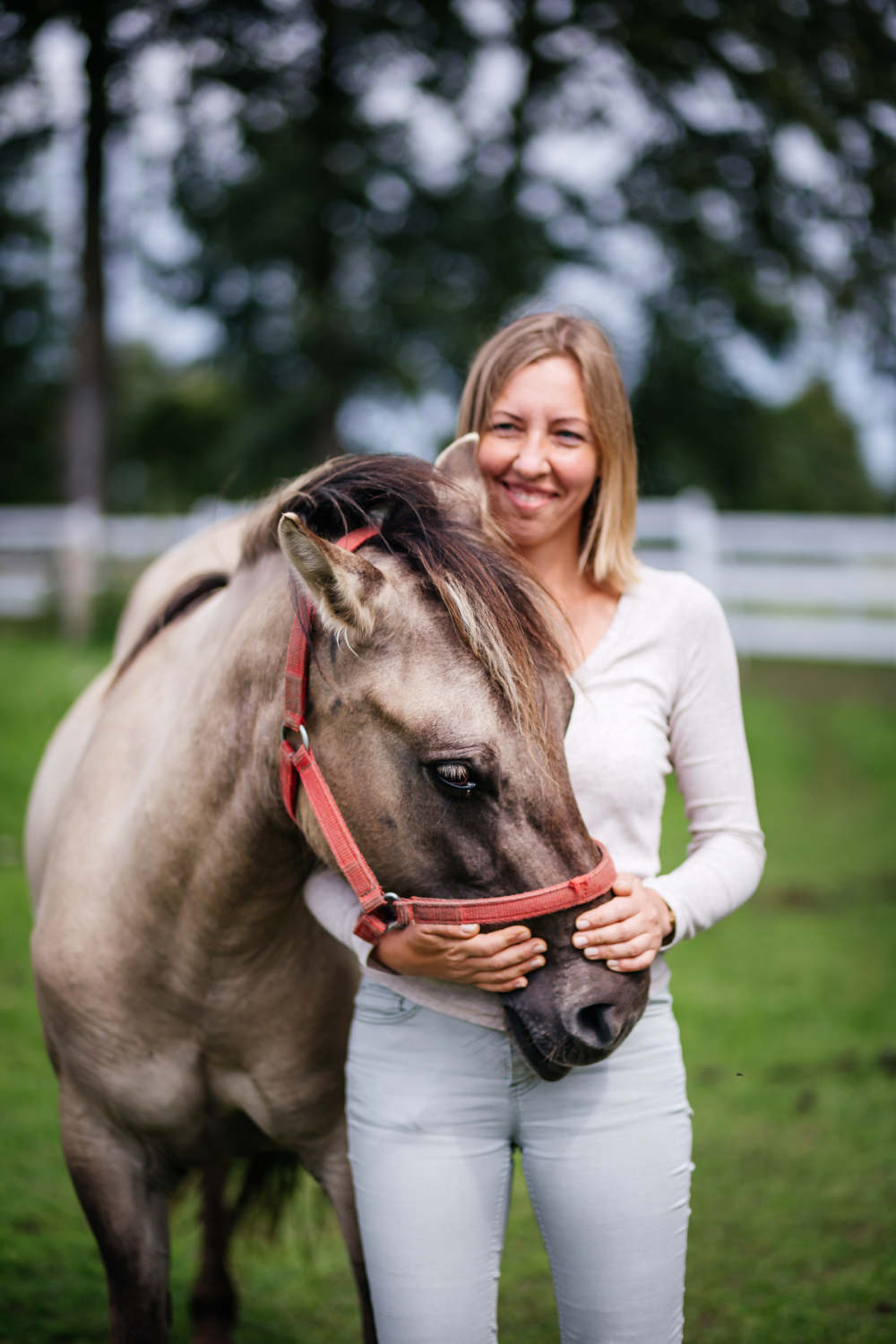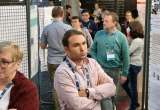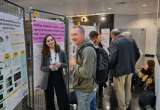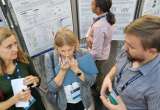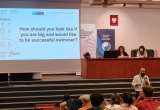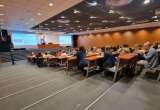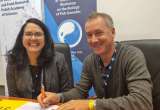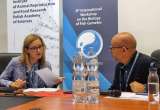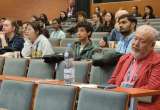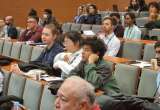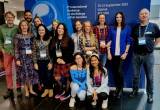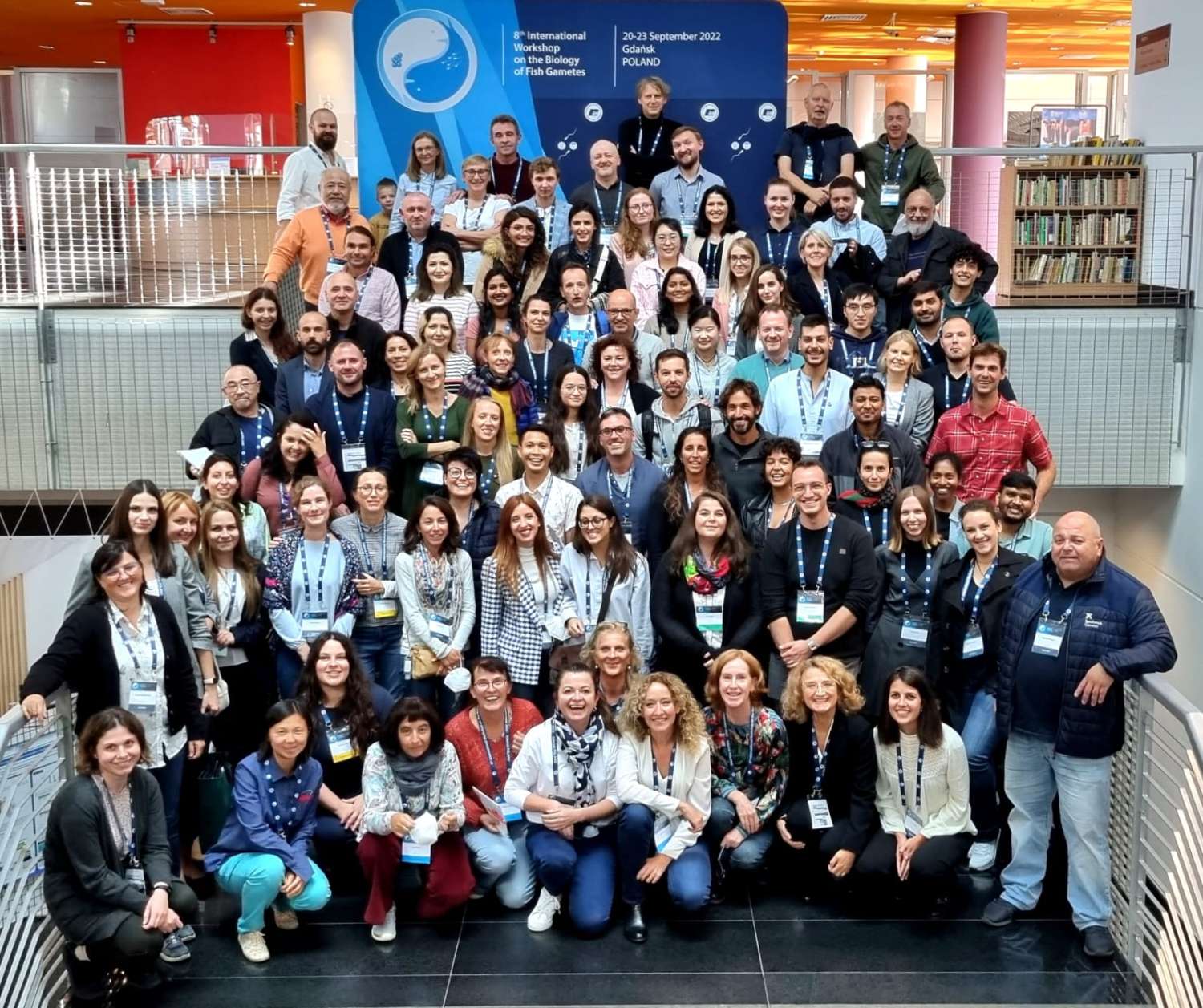
The eighth edition of the International Workshop on the Biology of Fish Gametes is over. One of the most important European conferences on reproductive biology this time took place in Gdansk.
The International Workshop on the Biology of Fish Gametes’ eighth edition lasted from September 20-23, 2022. This time the best scientists interested in gametes and reproductive technologies of aquatic organisms in the world were hosted in Gdansk, and our Institute was responsible for the organization.
– Organizing the conference was a significant challenge for us, given the uniqueness of this event for the scientific community. Uncertain times make it even more challenging to arrange face-to-face meetings. Still, the positive response from interested scientific teams from the beginning gave us plenty of motivation to create an exceptional event despite the adversities, the success of which we can conclude from the very positive response from the participants – says Dr. Daniel Żarski, head of the conference organizing committee.
This year’s edition was exceptionally successful, as the organizers received as many as 91 abstracts from 14 countries, 40 of which were selected for oral presentations. The event was divided into six thematic sections, focusing on biotechnology and biotech, gametogenesis, gamete quality, gamete biology, fertilization and development, gamete storage, and cryopreservation.
– As organizers, we achieved our goal – to create a highly productive and friendly atmosphere to discuss science and consolidate and develop valuable relationships between participants. And this is the success of our entire team, who worked hard to make this goal a reality – adds Dr. Żarski.
International Workshop on the Biology of Fish Gametes – what kind of conference is this?
The first edition of the International Workshop on the Biology of Fish Gametes was held in 2007 in Vodňany, the Czech Republic. Since then, it has been organized every two years in various European locations, including Valencia, Faro, Budapest, Ancona, and Rennes. The organization of the eighth iteration was entrusted to the Institute of Animal Reproduction and Food Research of the Polish Academy of Sciences, and the campus of the University of Gdansk was chosen as the venue. Initially, it was to be held in 2021, but due to the global situation, it was decided to start in September 2022.
This year’s conference was attended by distinguished scientists from around the world, including Prof. Katsutoshi Arai of Hokkaido University, who has been involved in the Fish Gametes workshop since its inception, Prof. Ibon Cancio of the University of the Basque Country, and Dr. Audrey Laurent of INRAE LPGP. The level of the conference itself was very high, as mentioned by Prof. Andrzej Ciereszko, head of the scientific committee.
– The papers and materials presented in the posters were characterized by a high scientific level, both in the primary and applied sciences. Among other things, significant progress was made in embryonic and stem cell transplantation, clarifying the role of ribosomes in oocyte function and implementing molecular tools for fish sterilization. Research on endocrine regulatory mechanisms has been deepened, including the role of kisspeptin in reaching maturity and the regulation of stem cell proliferation by FSH and chronic stress – Prof. Ciereszko explained.
The eighth installment of the International Workshop on the Biology of Fish Gametes is now a thing of the past, and all concerned – organizers and participants – highly rate it. This is a great success not only for our Institute but also for the Polish scientific world.
Czytaj więcej


